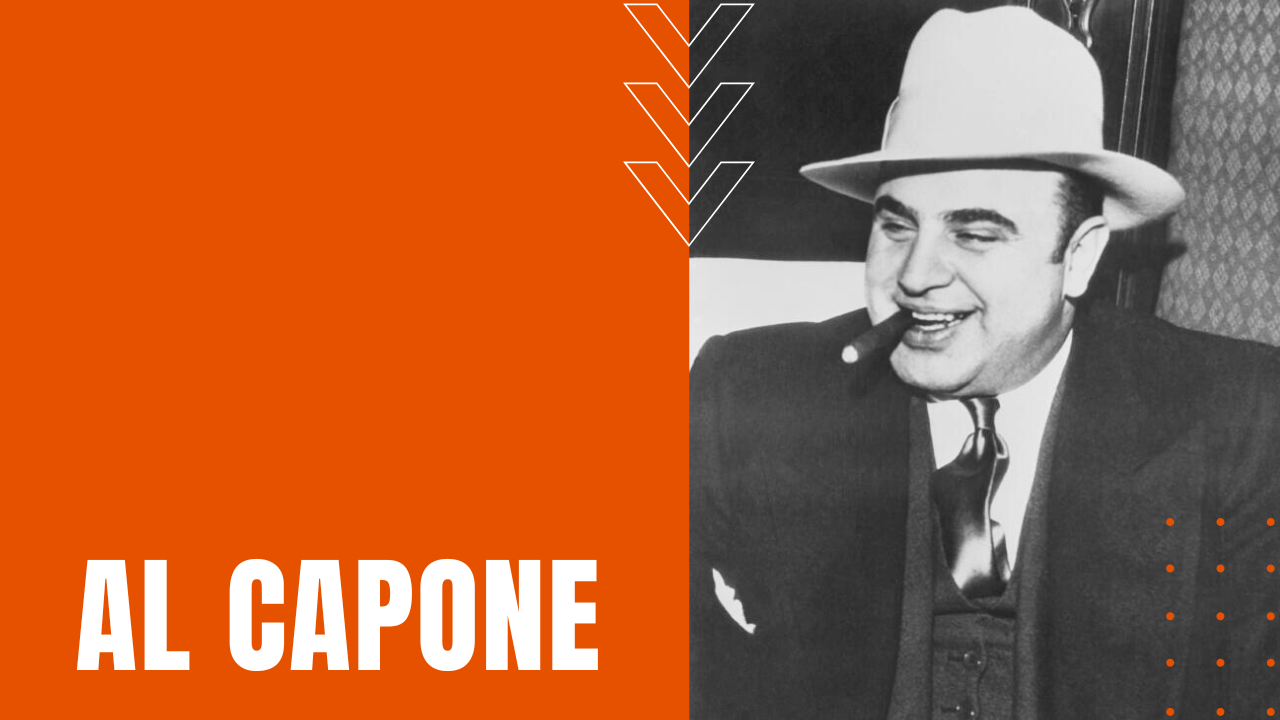Al Capone: New York to Chicago, Scarface, and More

Al Capone cut his gangster teeth on the mean streets of Brooklyn, where his mob mentor and numbers runner, Johnny Torrio, introduced him to New York gangster Frankie Yale.
Scarface
Bartending for Yale at Coney Island’s Harvard Inn, after Capone made an indecent remark to a woman at the bar, he earned his nickname Scarface after the woman’s brother slashed him with a knife, leaving three permanent scars on the left side of his face.
Moving to Chicago to partner up with Torrio in a gambling and prostitution operation, when the 18th Amendment brought about the start of Prohibition in 1920, the duo focused on the lucrative field of bootlegging.
Five years later, after a rival gangster made an attempt on Torrio’s life, he handed his half of his crime empire over to Capone before fleeing home to Italy.
Capone’s High Profile Lifestyle
Ignoring Torrio’s advice to keep a low profile, Capone set up his headquarters in a plush suite at the Metropole Hotel in downtown Chicago, where the press followed his high-rolling lifestyle like a Hollywood movie star, at the same time estimating Capone’s income at $100 million a year.
His image as a Robin Hood figure began to wan, however, following his repeated connection to brutal acts of violence, including the St. Valentine’s Day Massacre, when Capone’s men killed seven rival gangsters in a hail of execution-style gunfire. Public outcry was instantaneous, prompting President Herbert Hoover to order stepped-up federal pressure on Capone’s operations.
Incarcerated for Tax Evasion
After a 1927 ruling by the Supreme Court made income from illegal activities taxable, on June 5th, 1931, a jury found Capone guilty on 22 counts of income tax evasion, sending him to prison for an eleven-year sentence. Capone spent his first two years in an Atlanta prison, but after he was caught bribing prison guards for special favors, he was moved to the notorious island prison of Alcatraz in 1934, effectively ending Capone’s ability to run his illegal operations from behind bars.
Contracting syphilis as a young man, after six-and-a-half years in prison, his condition deteriorated into full-on dementia caused by neurosyphilis, prompting his move to a Baltimore mental hospital in 1939. Three years later, Capone was released to spend his final years in Miami with his wife, where he died of a heart attack on January 25th, 1947, ending the life of the most notorious gangster in American history.
